Home>Articles>How To Clean An Outdoor Rug To Remove Mildew, Dirt, And Stains


Articles
How To Clean An Outdoor Rug To Remove Mildew, Dirt, And Stains
Modified: October 18, 2024
Learn effective techniques for cleaning outdoor rugs and removing mildew, dirt, and stains with our helpful articles.
(Many of the links in this article redirect to a specific reviewed product. Your purchase of these products through affiliate links helps to generate commission for Storables.com, at no extra cost. Learn more)
Introduction
An outdoor rug can add beauty and charm to any outdoor space, transforming it into a cozy and inviting area. However, over time, outdoor rugs can accumulate dirt, stains, and even develop mildew due to exposure to the elements. Cleaning your outdoor rug regularly is essential to maintain its appearance and prolong its lifespan.
In this article, we will guide you through the step-by-step process of cleaning an outdoor rug to remove mildew, dirt, and stains. By following these simple techniques, you can restore the beauty and freshness of your outdoor rug, ensuring that it continues to enhance your outdoor living space for years to come.
Key Takeaways:
- Regularly cleaning your outdoor rug with a gentle detergent and thorough rinsing can effectively remove dirt, stains, and mildew, preserving its beauty and longevity for years to come.
- Taking preventive measures such as prompt spill cleanup, proper airflow, and using a protective spray can help maintain the cleanliness and freshness of your outdoor rug, ensuring it continues to enhance your outdoor space.
Read more: How To Remove Mildew From Outdoor Furniture
Materials Needed
Before you begin cleaning your outdoor rug, gather the following materials:
- Mild detergent or rug cleaner: Choose a mild detergent or specifically formulated rug cleaner that is suitable for outdoor use. Avoid using harsh chemicals that can damage the rug fibers.
- Bucket or large basin: You will need a bucket or a large basin to mix the cleaning solution.
- Sponge or soft brush: Use a sponge or a soft brush with bristles suitable for the type of rug you have. Avoid using abrasive brushes that can cause damage.
- Garden hose: A garden hose with a spray nozzle attachment will be needed to rinse the rug thoroughly.
- Plastic tarp or drop cloth: Lay down a plastic tarp or a drop cloth to protect the surrounding area from overspray or cleaning solution.
- Protective gloves: It is recommended to wear protective gloves to shield your hands from the cleaning solution and potential allergens.
- Towels or rags: Have towels or rags on hand to absorb excess water and help with the drying process.
- Stain remover (optional): If your outdoor rug has stubborn stains, you may need a stain remover specifically formulated for the type of stain you are dealing with.
Gathering these materials beforehand will ensure that you have everything you need to successfully clean your outdoor rug and achieve the best results.
Step 1: Remove any loose dirt and debris
The first step in cleaning an outdoor rug is to remove any loose dirt and debris that may have accumulated on the surface. This is important because scrubbing or applying cleaning solutions to a rug covered in dirt can cause it to become even more embedded in the fibers.
To remove loose dirt and debris, start by giving your outdoor rug a good shake. If it’s a smaller rug, you can hang it on a clothesline or a sturdy surface and gently beat it with a broom or a mop to loosen the dirt. For larger rugs, you can simply lift one end and shake it vigorously.
Next, use a broom or a soft brush to brush off any remaining dirt, leaves, or other debris. Sweep in one direction to ensure that you capture all the loose particles. Pay special attention to the edges and corners, as debris tends to accumulate there.
If you encounter any dried-on stains or stubborn dirt, you can try using a vacuum cleaner with a brush attachment to gently remove it. Be careful not to press too hard or use a high-powered setting that could damage the rug fibers.
By removing the loose dirt and debris, you are preparing the rug for the next steps in the cleaning process, ensuring that the dirt doesn’t become further embedded in the rug fibers during the cleaning process.
Step 2: Prepare a cleaning solution
Once you have removed the loose dirt and debris from your outdoor rug, it’s time to prepare a cleaning solution that will effectively remove stains, dirt, and mildew. The type of cleaning solution you use will depend on the material of your rug and the specific stains or dirt you are dealing with.
If your outdoor rug is made of synthetic materials such as polypropylene or polyester, you can create a simple cleaning solution by mixing a few drops of mild dish soap or laundry detergent with warm water in a bucket or large basin. Avoid using too much soap, as it can leave a residue on the rug.
For natural fiber rugs such as jute or sisal, it’s best to use a cleaning solution specifically designed for these materials. You can find such cleaners at home improvement stores or online. Follow the instructions on the cleaner’s packaging to mix the appropriate amount with water.
If you are dealing with specific stains or mildew, you may need to use a specialized stain remover or mildew cleaner. Look for products that are safe to use on outdoor rugs and follow the instructions provided.
Remember, it’s crucial to test the cleaning solution on a small, discreet area of the rug before applying it to the entire surface. This will ensure that the solution does not cause any damage or discoloration.
Preparing a suitable cleaning solution will help you effectively tackle the stains, dirt, and mildew on your outdoor rug, leaving it clean and refreshed.
Step 3: Test the cleaning solution on a small area
Before applying the cleaning solution to the entire outdoor rug, it’s crucial to test it on a small, inconspicuous area. This step is essential to ensure that the cleaning solution does not cause any damage or discoloration to the rug fibers.
Choose a small area on the edge or corner of the rug, preferably an area that is not easily visible. Apply a small amount of the cleaning solution to the area and gently scrub or blot with a sponge or soft brush. Allow it to sit for a few minutes, then rinse with water and blot with a clean towel to remove the cleaning solution.
Observe the test area closely for any adverse effects such as color fading, fiber damage, or discoloration. If there are no negative reactions, you can proceed with confidence in applying the cleaning solution to the entire rug.
If you notice any unwanted effects during the test, discontinue the use of that particular cleaning solution and seek an alternative that is safe for your rug’s material.
Testing the cleaning solution on a small area not only helps prevent any damage to your outdoor rug but also gives you a chance to evaluate its effectiveness in removing stains, dirt, and mildew before committing to cleaning the entire rug.
Read more: How To Remove Mildew From Outdoor Fabric
Step 4: Apply the cleaning solution to the entire rug
Once you have tested the cleaning solution and ensured that it is safe for your outdoor rug, it’s time to apply the solution to the entire rug surface. This step will help remove stains, dirt, and mildew, restoring the rug to its original beauty.
Start by pouring the cleaning solution into a bucket or large basin. Use a sponge or soft brush to dip into the solution and apply it evenly to the rug surface. Work in sections, starting from one end and moving towards the other, ensuring that the entire rug is covered.
Gently scrub the rug using circular motions or back and forth strokes, depending on the texture of the rug. Pay special attention to areas with visible stains or heavy dirt build-up. Avoid applying excessive pressure that could damage the rug fibers.
If you are dealing with mildew, let the cleaning solution sit on the rug for a few minutes to allow it to penetrate and loosen the mildew. This will make it easier to remove during the rinsing process.
As you apply the cleaning solution, periodically dip your sponge or brush into the bucket or basin to replenish the solution. This will ensure that you are using a fresh and effective cleaning solution throughout the process.
Ensure that the entire rug is thoroughly covered with the cleaning solution, as this will help break down stains, dissolve dirt, and eliminate odors. Be patient and thorough during this step to achieve the best results.
To clean an outdoor rug, mix equal parts water and white vinegar in a spray bottle. Spray the solution onto the rug, let it sit for 10-15 minutes, then scrub with a brush and rinse with a hose. Allow the rug to air dry completely before placing it back outside.
Step 5: Scrub the rug gently
After applying the cleaning solution to the entire outdoor rug, it’s time to gently scrub the rug to help loosen and lift dirt, stains, and mildew. This step is crucial in ensuring a thorough and effective cleaning process.
Using a sponge or soft brush with gentle bristles, start scrubbing the rug in a circular motion or back and forth strokes. Focus on areas with visible stains, heavy dirt build-up, or mildew spots.
Be mindful of the rug’s material and texture to avoid causing any damage. For delicate or natural fiber rugs, use a gentle touch and refrain from using excessive force. Synthetic rugs can usually handle a slightly more vigorous scrubbing, but still, be careful not to agitate the fibers too much.
Pay attention to hard-to-reach areas, corners, and edges as they can often accumulate more dirt and stains. Use a gentle but firm pressure to ensure that the cleaning solution reaches deep into the rug fibers.
If you encounter stubborn stains, you can apply a bit more pressure, but avoid scrubbing too hard as it can cause damage. Instead, tackle tough stains by gently blotting and repeating the scrubbing process until the stain begins to fade.
Take your time during this step to ensure that you give each area of the rug equal attention. By scrubbing gently, you will help to lift and remove the dirt, stains, and mildew, leaving your outdoor rug looking fresh and clean.
Step 6: Rinse the rug thoroughly
Once you have scrubbed the outdoor rug and loosened the dirt, stains, and mildew, it’s time to thoroughly rinse the rug to remove the cleaning solution and debris. Rinsing is an important step to ensure that no residue is left behind, which can attract more dirt and potentially damage the rug fibers over time.
Begin by using a garden hose with a spray nozzle attachment to gently rinse the entire rug. Start from one end of the rug and work your way to the other, ensuring that the water flow covers every part of the rug.
Adjust the spray nozzle to a medium pressure setting, avoiding high-pressure settings that could potentially damage the rug fibers. Hold the hose at a slight angle to allow the water to flow in the same direction as the rug fibers, helping to dislodge any remaining dirt.
Continue rinsing until the water runs clear, indicating that all the cleaning solution and debris have been thoroughly flushed out of the rug. Pay extra attention to areas with stains or heavy dirt build-up, ensuring that they are thoroughly rinsed.
After rinsing, gently squeeze or press the rug to remove excess water. Avoid twisting or wringing the rug, as it can cause damage to the fibers. Repeat the rinsing process if necessary until the water runs clear.
If the rug is still soapy or if you notice any residue, you may need to repeat the rinsing process until the water runs completely clear. This step is important in order to ensure that no cleaning solution is left behind on the rug.
Thoroughly rinsing the outdoor rug will help to remove all traces of the cleaning solution and debris, leaving your rug fresh, clean, and ready for drying.
Step 7: Remove excess water and dry the rug
After rinsing the outdoor rug, it’s important to remove excess water and properly dry it to prevent mold, mildew, and further dirt accumulation. Proper drying is crucial to maintain the integrity and longevity of the rug.
To remove excess water, gently squeeze or press the rug between your hands. Avoid twisting or wringing the rug, as it can cause damage to the fibers. Continue this process in sections until you have removed as much water as possible.
Next, carefully roll up the rug, starting from one corner. Gently press on the rolled-up rug to squeeze out any remaining water. You can also place heavy objects on top of the rolled-up rug to help extract additional moisture.
Once the excess water has been removed, unroll the rug and lay it flat on a clean and dry surface. Avoid direct sunlight, as prolonged exposure to sunlight can cause fading or damage to certain rug materials.
To aid in the drying process, you can use towels or rags to blot or press down on the surface of the rug. This will help absorb moisture and speed up the drying time. Change the towels or rags as needed until they no longer absorb water.
Depending on the weather conditions, you can also take advantage of natural airflow by placing the rug in a well-ventilated area, preferably outdoors. Make sure the rug is elevated from the ground to prevent moisture from being absorbed from below.
In cases where drying may take longer due to high humidity or other factors, you can use fans or dehumidifiers to accelerate the drying process. Ensure that there is proper air circulation around the rug to avoid trapping moisture.
It is essential to ensure that the rug is completely dry before returning it to its designated outdoor space. If the rug is still damp, it can promote the growth of mold and mildew, leading to unpleasant odors and potential damage to the rug fibers.
By following these steps to remove excess water and properly dry the outdoor rug, you can maintain its cleanliness and ensure its longevity.
Read more: How To Remove Mildew From Outdoor Umbrella
Step 8: Treat any remaining stains
After cleaning and rinsing your outdoor rug, you may still come across stubborn stains that require additional treatment. This step focuses on targeting and treating any remaining stains to achieve a thoroughly clean and refreshed rug.
Identify the specific stains that are still present on the rug. Common outdoor rug stains include food spills, pet stains, mud, and oil or grease marks.
For general stains, you can create a stain-fighting solution by mixing equal parts white vinegar and water. Apply this solution directly to the stain and gently blot with a clean cloth or sponge. Allow the solution to sit on the stain for a few minutes before rinsing thoroughly with water.
If dealing with more stubborn stains such as oil or grease, you can try using a specialized stain remover designed for outdoor rugs. Follow the instructions on the stain remover’s packaging, applying it directly to the stain and gently working it into the fibers with a sponge or soft brush. Rinse the area thoroughly with water after treatment.
In some cases, you may need to repeat the stain treatment process multiple times to fully remove the stain. Patience and persistence are key when dealing with stubborn stains.
It’s important to note that certain types of stains, such as those caused by mold or mildew, may require more specialized treatment. Depending on the severity of the mold or mildew growth, you may need to consult a professional cleaner or follow specific instructions for mold and mildew removal.
By treating any remaining stains, you will ensure that your outdoor rug looks its best and is free from unsightly discoloration or blemishes.
Step 9: Prevent future mildew and dirt buildup
After cleaning and restoring your outdoor rug, it’s important to take preventive measures to minimize the risk of future mildew and dirt buildup. These steps will help maintain the cleanliness and longevity of your rug, ensuring that it remains fresh and inviting for years to come.
1. Regularly sweep or vacuum: Keep your outdoor rug clean by regularly sweeping or vacuuming it to remove loose dirt and debris. This will prevent dirt from getting embedded deep into the fibers, making it easier to maintain a clean appearance.
2. Promptly clean up spills: Accidents happen, but it’s important to address spills and stains as soon as they occur. Blot up any liquid spills immediately and use a mild cleaning solution to remove any residue left behind. The faster you address spills, the less likely they are to become permanent stains.
3. Allow for proper airflow: Ensure that your outdoor rug has sufficient airflow to prevent moisture from getting trapped underneath. Lift the rug occasionally to allow air circulation, especially after rain or periods of high humidity. This helps to prevent the growth of mold and mildew.
4. Use a rug pad: Consider using a rug pad underneath your outdoor rug. A rug pad acts as a barrier between the rug and the ground, providing extra cushioning and promoting air circulation. It also helps to prevent the rug from slipping or shifting, reducing the risk of dirt buildup and potential damage.
5. Store the rug properly during harsh weather: If you live in an area with extreme weather conditions, such as heavy rain or snow, it’s best to store your outdoor rug during these periods. Roll up the rug tightly and store it in a dry and protected area to prevent damage and reduce the risk of mildew or mold formation.
6. Apply a protective spray: Consider applying a protective spray designed specifically for outdoor rugs. These sprays help repel water, stains, and UV rays, keeping your rug in better condition for longer periods. Follow the instructions on the spray carefully to ensure effective application.
By following these preventive measures, you can maintain the cleanliness and freshness of your outdoor rug, extending its lifespan and ensuring that it continues to enhance your outdoor space for years to come.
Conclusion
Cleaning an outdoor rug to remove mildew, dirt, and stains is a necessary step to maintain its appearance and prolong its lifespan. By following the step-by-step process outlined in this article, you can successfully clean your outdoor rug and restore its beauty.
Starting with removing loose dirt and debris, then preparing a suitable cleaning solution, testing it on a small area, and applying it to the entire rug, you can effectively break down stains, dirt, and mildew. Gently scrubbing the rug and thoroughly rinsing it will ensure that the cleaning solution is removed, leaving the rug fresh and clean.
Properly removing excess water and drying the rug is crucial to prevent mold, mildew, and damage. Treating any remaining stains with appropriate solutions will help achieve a thoroughly clean surface.
Lastly, taking preventative measures to prevent future mildew and dirt buildup, such as regular sweeping or vacuuming, prompt attention to spills, allowing for proper airflow, using a rug pad, storing the rug during harsh weather, and applying a protective spray, will maintain the rug’s cleanliness and longevity.
By following these steps and implementing preventive measures, you can extend the life of your outdoor rug and enjoy its beauty and functionality for many years to come.
Remember to tailor these steps to your specific outdoor rug’s material and take necessary precautions to ensure its safety and integrity throughout the cleaning process. With proper care and maintenance, your outdoor rug will continue to bring comfort and style to your outdoor living space.
Frequently Asked Questions about How To Clean An Outdoor Rug To Remove Mildew, Dirt, And Stains
Was this page helpful?
At Storables.com, we guarantee accurate and reliable information. Our content, validated by Expert Board Contributors, is crafted following stringent Editorial Policies. We're committed to providing you with well-researched, expert-backed insights for all your informational needs.
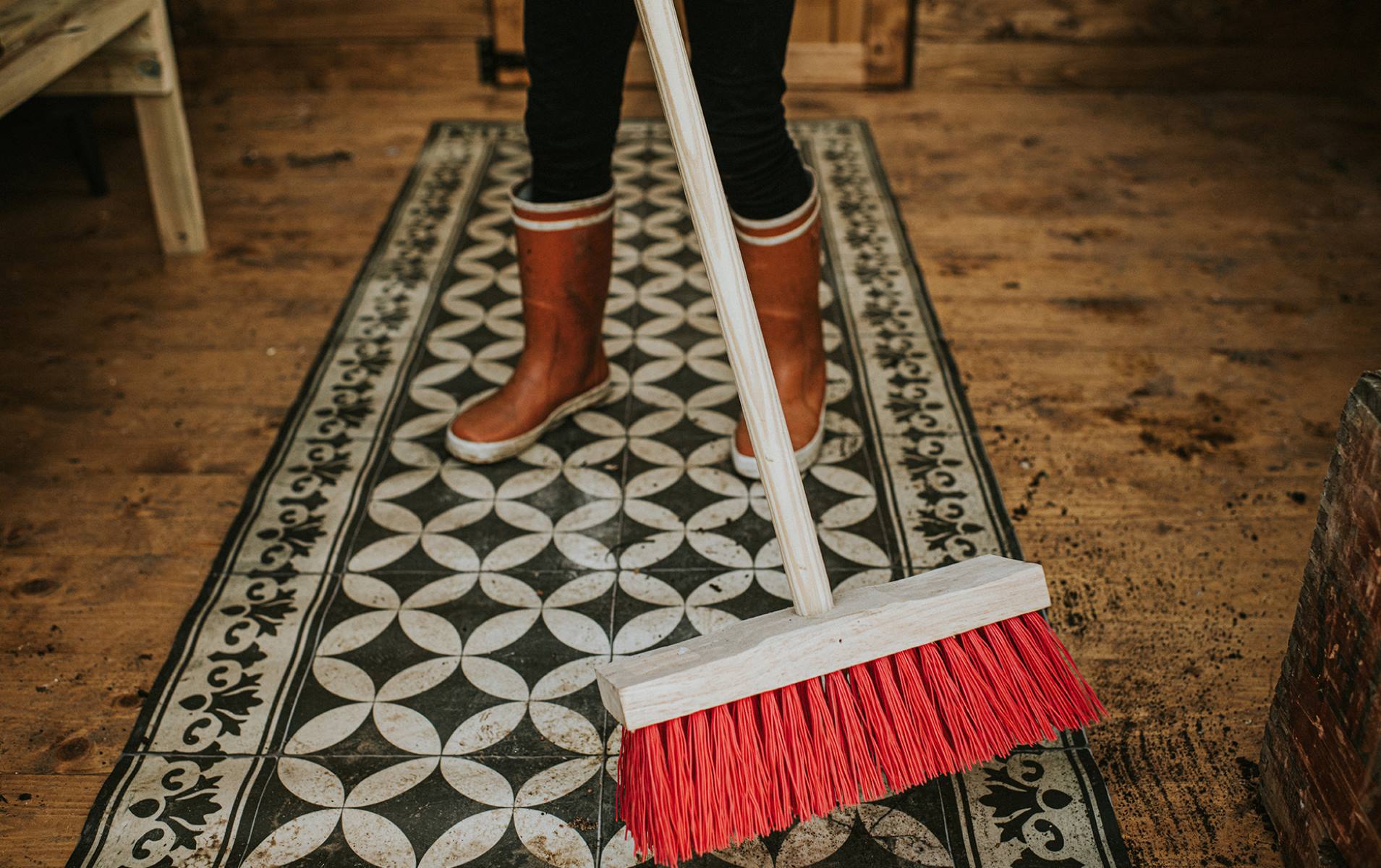

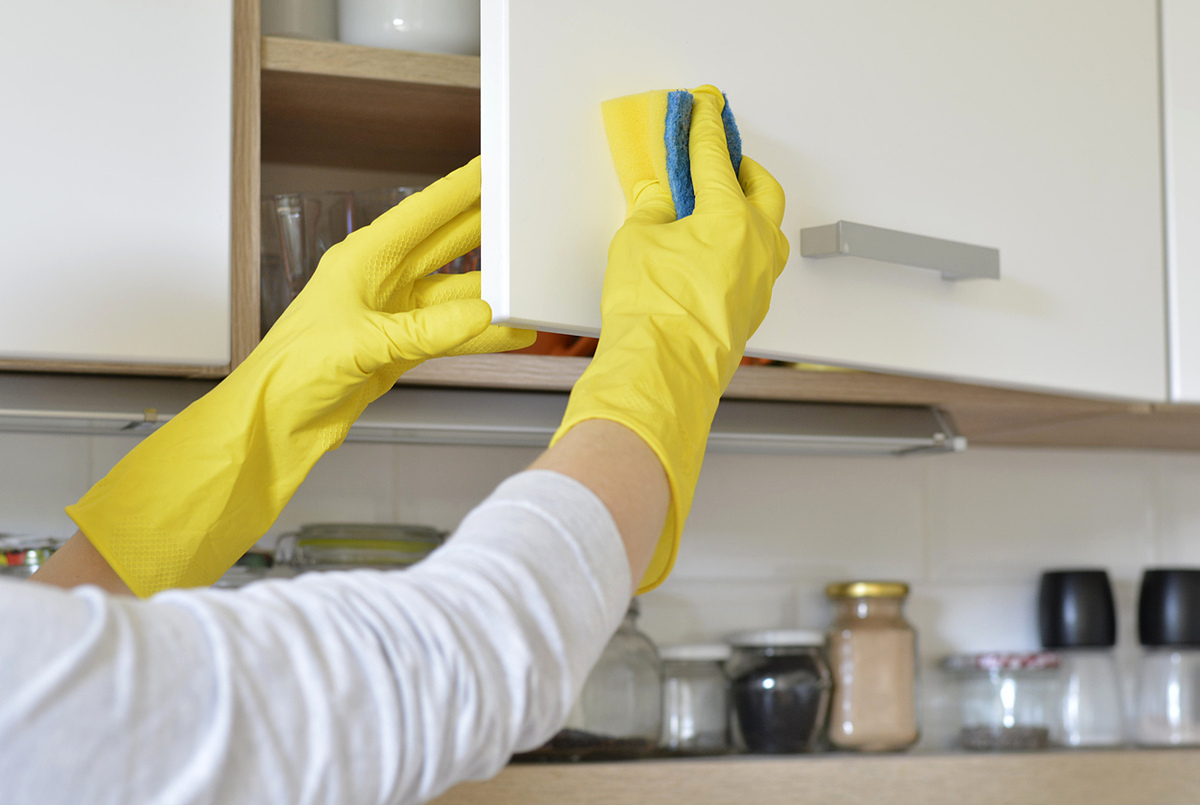
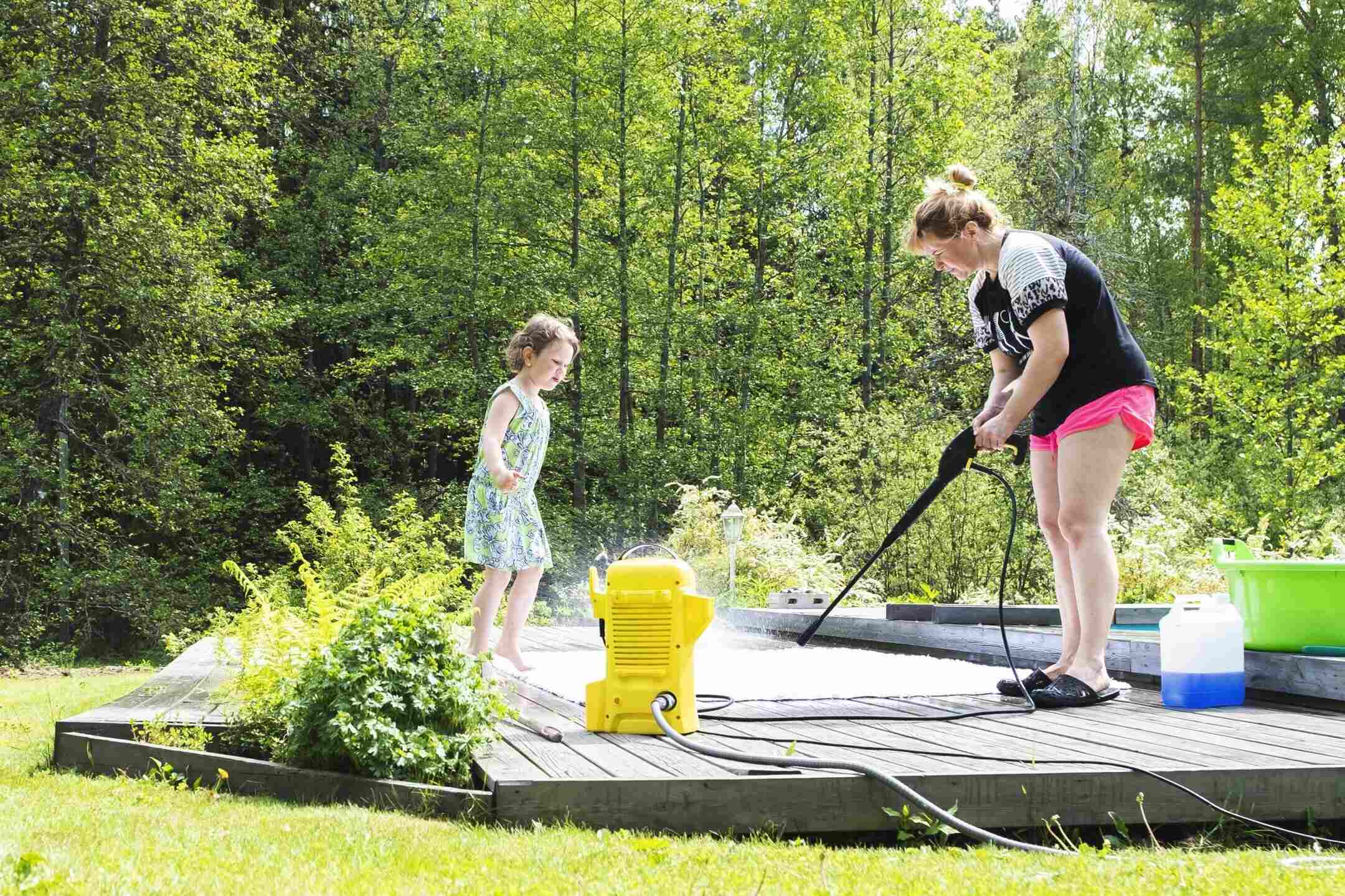
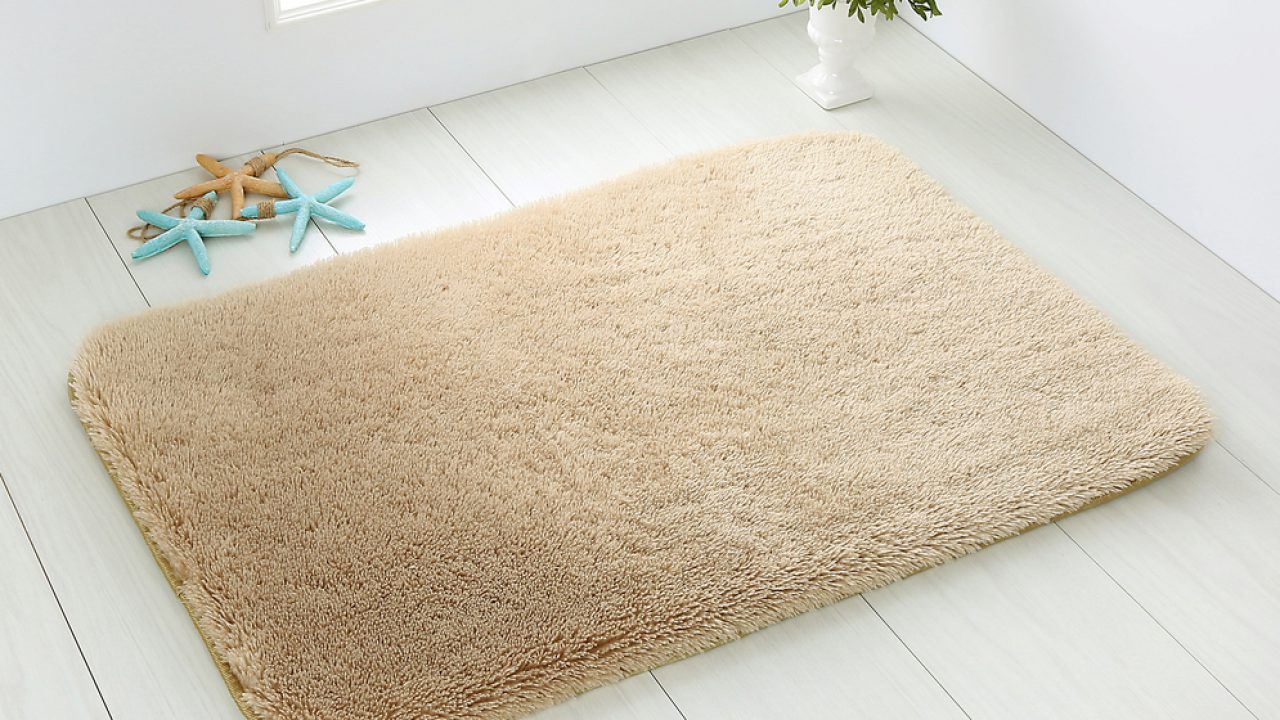
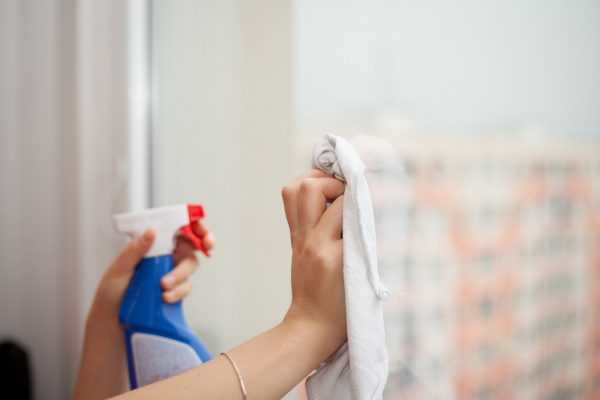
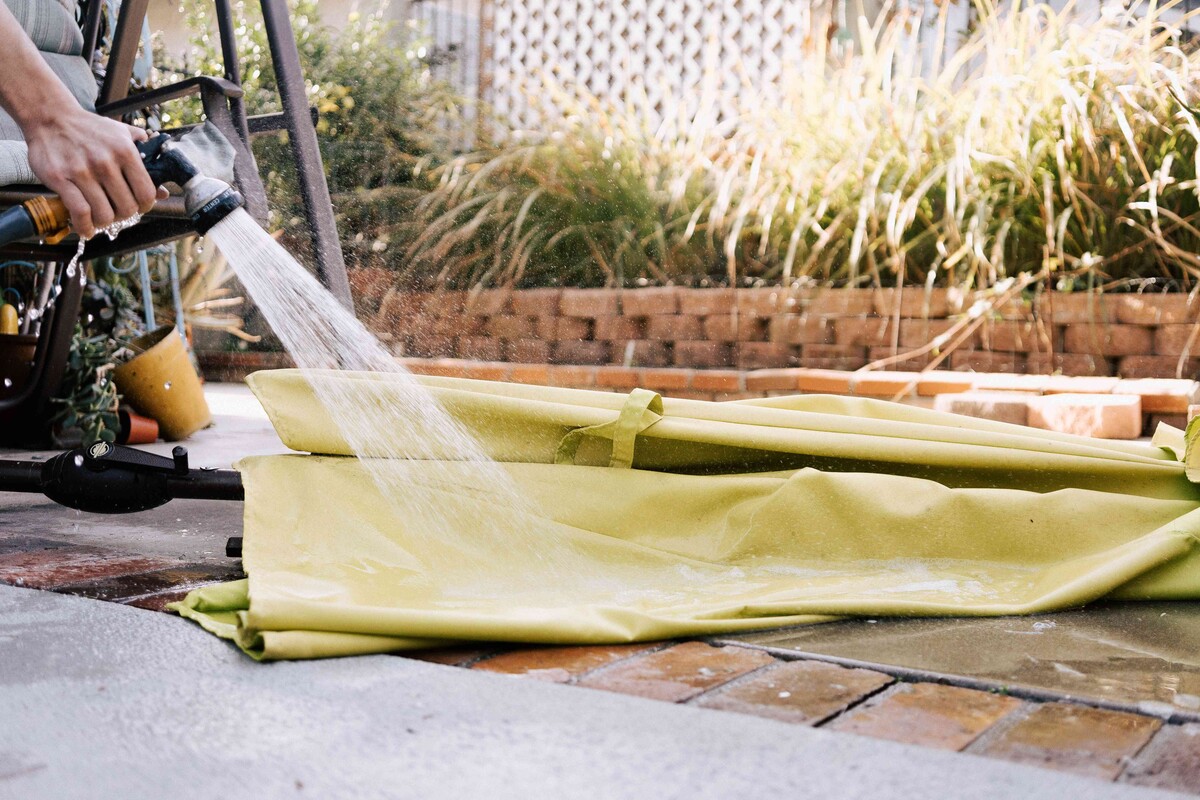
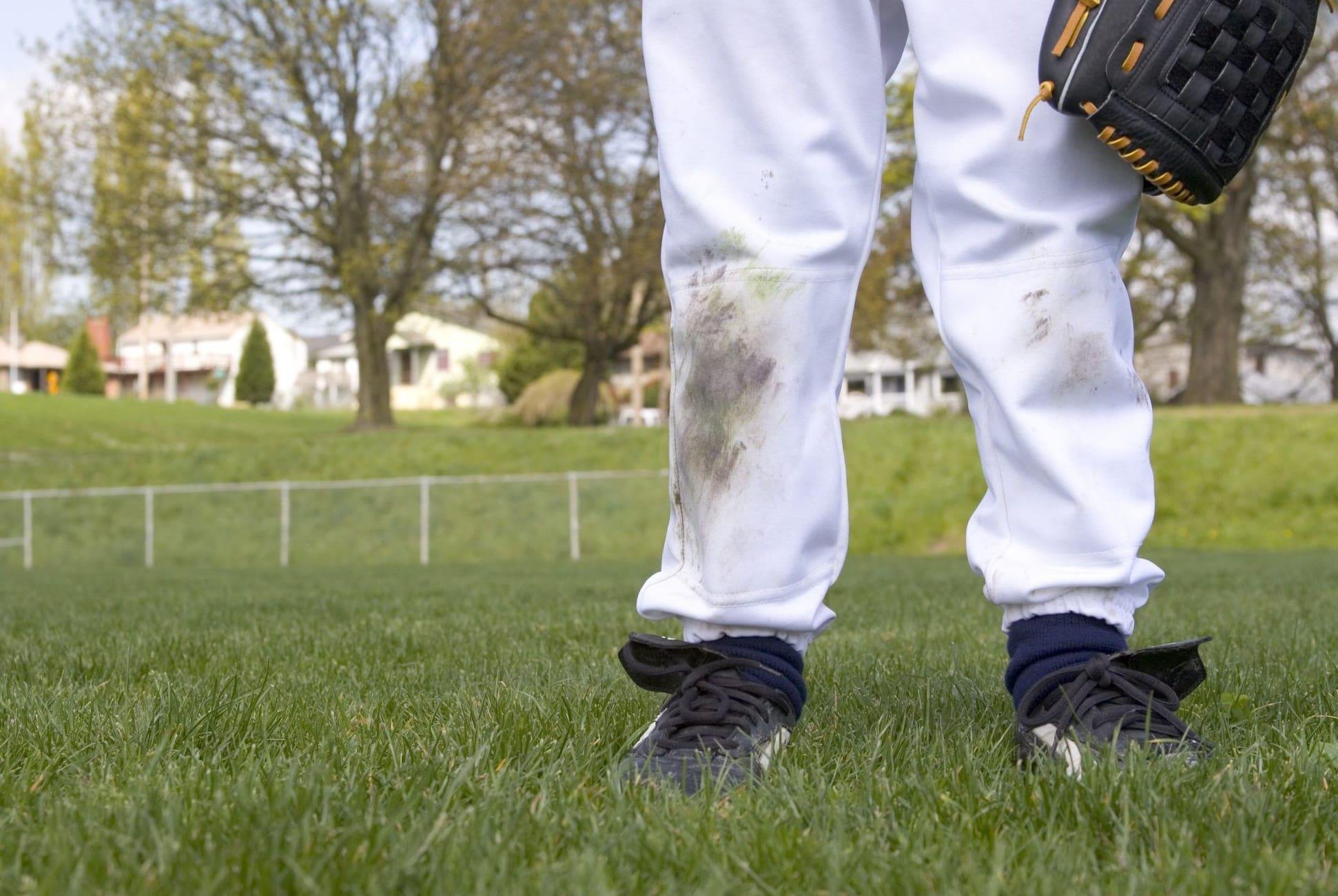

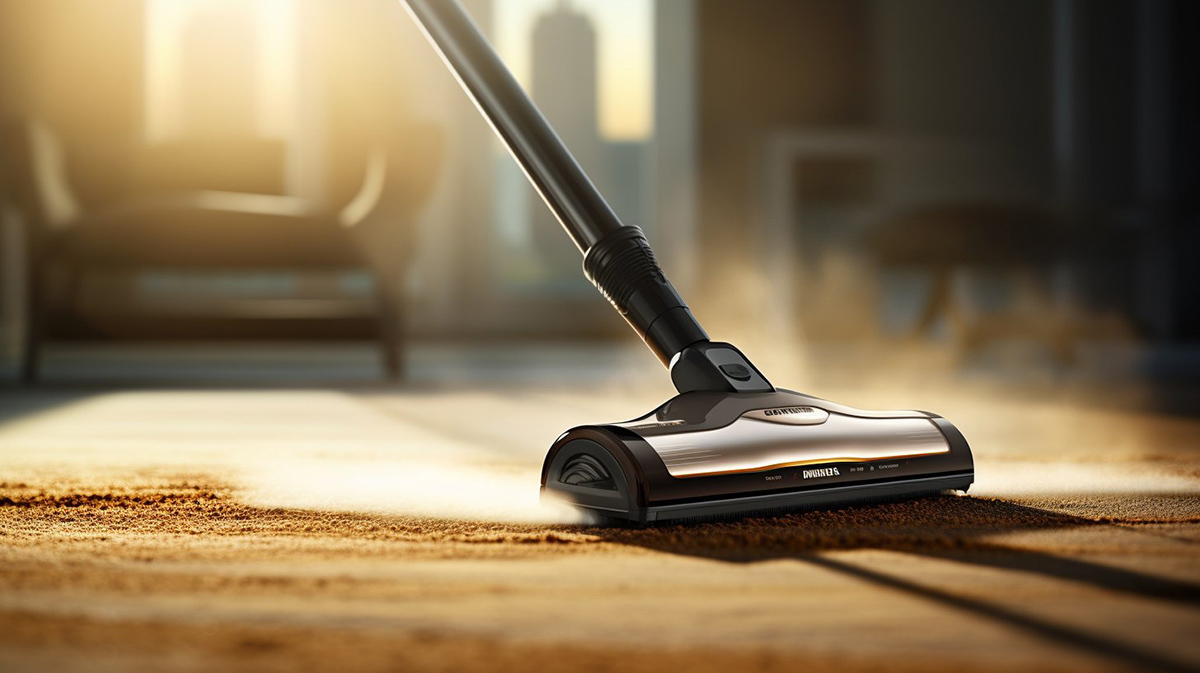

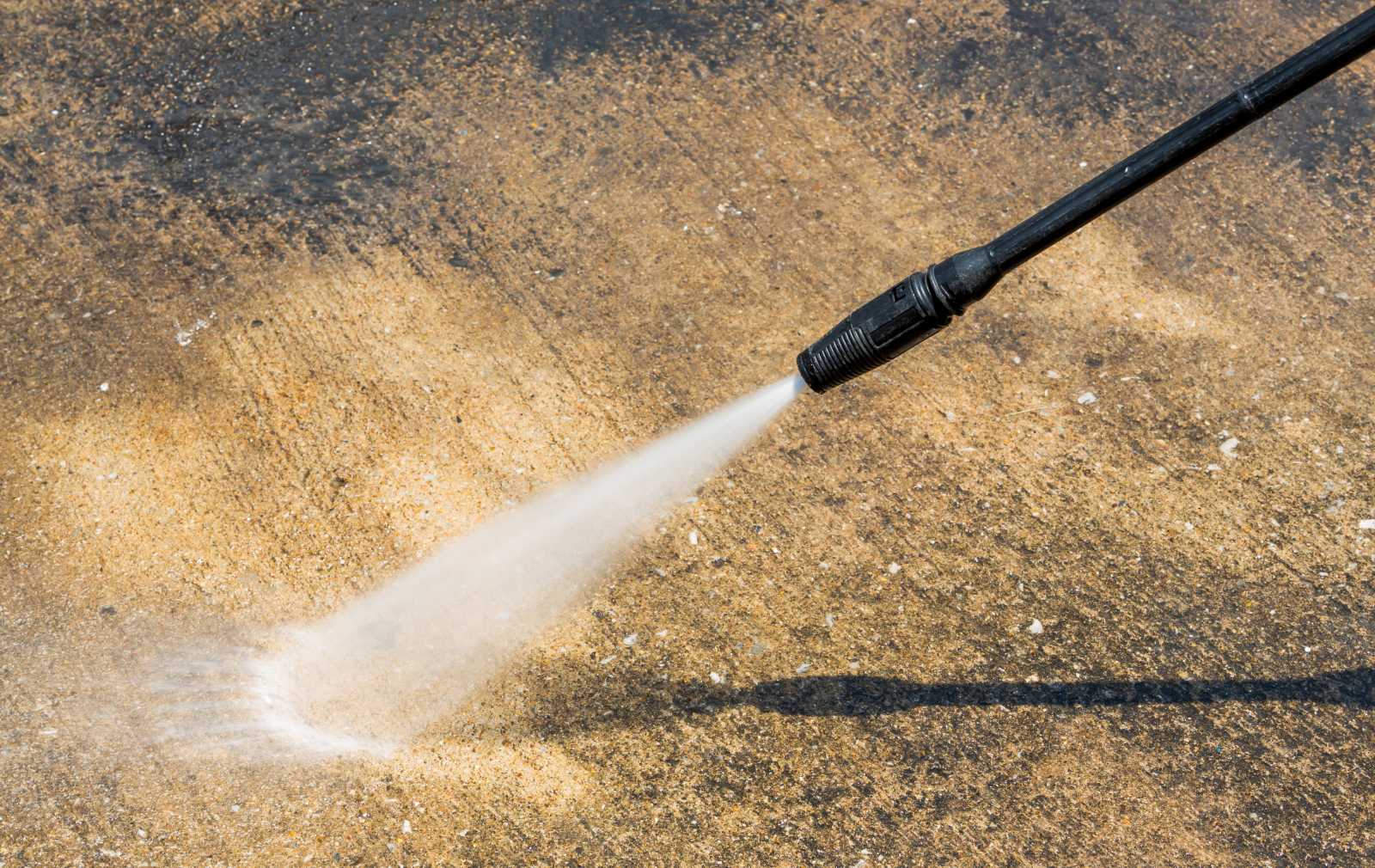
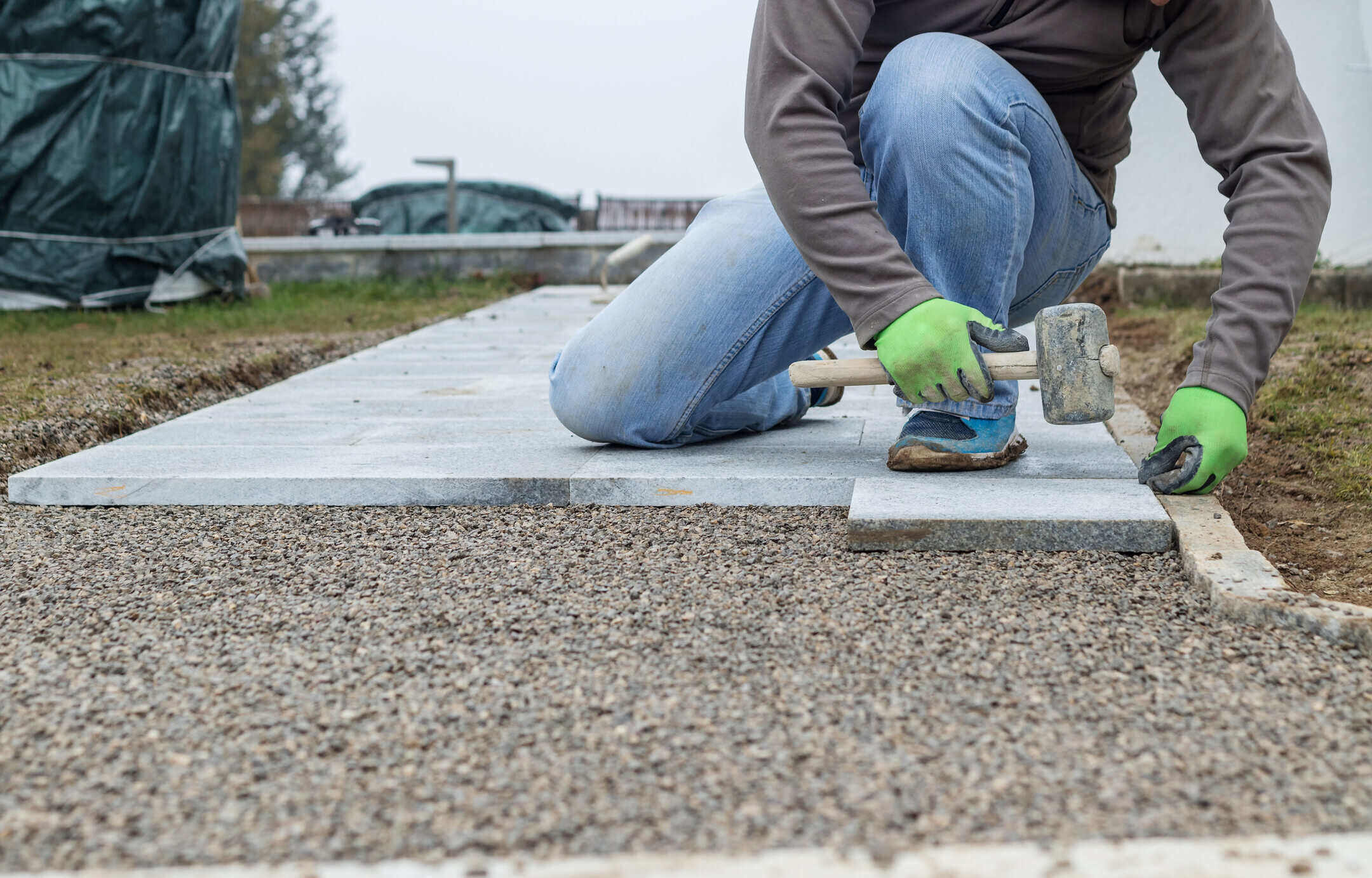

0 thoughts on “How To Clean An Outdoor Rug To Remove Mildew, Dirt, And Stains”